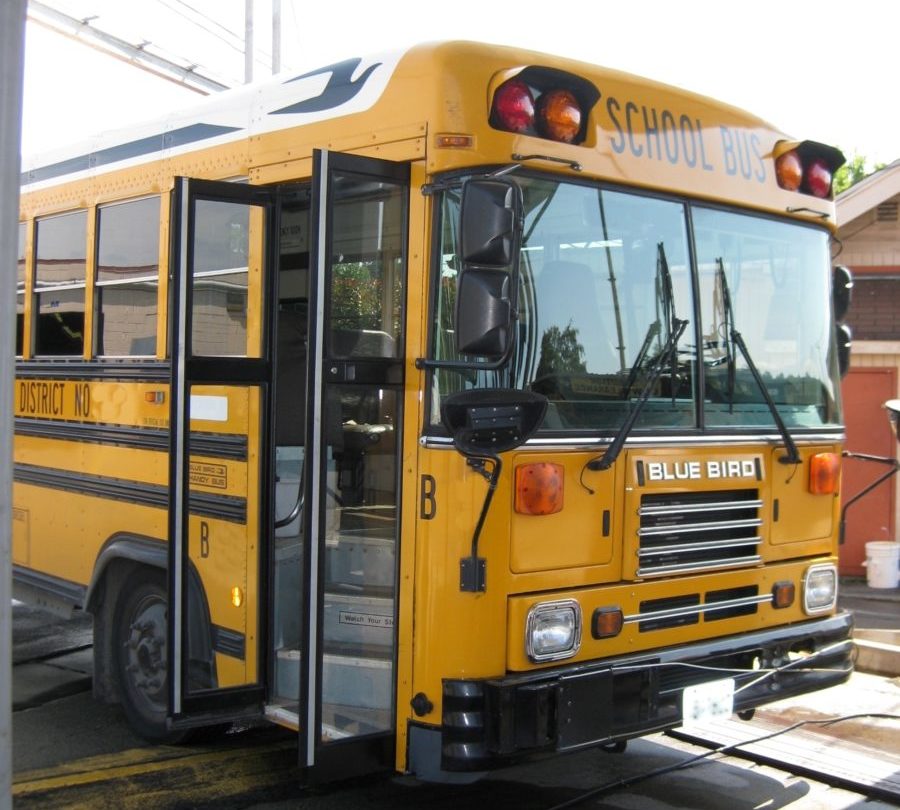When considering school bus occupants, very young children like preschoolers, toddlers and infants don’t typically come to mind. However, Nancy Netherland, Program and Design Management Specialist for Migrant Seasonal Head Start Training and Technical Assistance (MSHS TTA) reports that, of the approximately 35,000-37,000 children enrolled each year in the Migrant and Seasonal Head Start Program, more than half are under 3 years old, and some are as young as six weeks. Since approximately 67 percent of these young children are transported on school buses, this means that this program alone regularly transports more than 12,000 children each year who are 2 or younger.
Babies on the School Bus
Article expanded from version in SRN September/October 2011

